The alpine zone is a region or biome of that world with high-altitude conditions. It is an incredible ecozone to explore and learn from. However, anyone who has been caught in an unexpected wind gust or summer storm in the region knows that these environments can be super harsh places to live. While it might not be ideal for most Homo sapiens to call home, there are plenty of plants that survive and thrive under these conditions. Here are some alpine plants to look for when hiking through the region:

Moss Campion
While hiking along your chosen high-country trail, you might come across what looks to be a soft, green cushion. Peppered with small, pink flowers, Moss Campion is an alpine plant found in the sandy, rocky mountains of the Rocky Mountains as well as the Alps of Switzerland. Moss cushion’s round shape protects the plant from harsh, drying winds. It only grows from about 5 – 15 cm tall. With the plant’s small stature, it is able to hug the ground for warmth and survive the freezings temps found in the alpine biome.

Rocky Mountain Columbine
Find yourself hiking in Colorado? Well, the state’s official state flower (and an alpine plant) won’t be far away. The Rocky Mountain Columbine’s white and lavender flower’s petals pop out along the trails of Alpine country. Inside the flower’s white cup, you’ll see a splash of yellow color. This flower is especially attractive to hummingbirds, bees, and butterflies because of its strong aroma.
However, as you pass this enchanting flower, you’ll have to leave it behind. Uprooting the plant while on public land is illegal. And leaving the beautiful landscape (that you’re lucky enough to hike through) just as it is is pretty as you found it is hiking tip #1. Do the right thing, you know?
Bristlecone Pine
The Bristlecone Pine, or Pinus longaeva is the oldest known tree species in the world. Found in the arid mountainous regions of the American West, the oldest trees can be found in the White Mountains of California. Their age? Almost 5,000 years. This ancient alpine tree can survive up to elevations of 11,000 – 12,000 feet. Living in such an extreme, harsh climate, it is free from competition from other plants, insects and disease.
These pine trees are multi-trunked. Their appearance is twisted and rugged. The tree’s needles are a deep-yellow green with a blunt end and purple-red flowers.

Photo by: Walter Siegmund
Silky Phacelia
Silky Phacelia, or Phacelia sericae, is an easy-to-spot perennial species in Western North America. An upright stem of purple flowers grows out of a woody base. They look similar to a paintbrush. Its leaves are silvery green. You’ll see this alpine plant’s blooms from early May to the end of August.

Mountain Bluebells
Mountain Bluebells, also known as Mertensia ciliata, are a mountainous perennial alpine plant that prefers almost constant moisture and elevations of 5,000-12,000 feet. You’ll be able to identify the plant by its bell-like blossoms that bounce in the wind. These bell flowers are blue and often tinged with pink. The flowers grow in clusters and the plant itself can get up to 3 feet tall. Because of this plant’s love of water, you’re most likely to see it along streambanks, meadows and wet cliffs.
The bluebell flowers are also edible. The plant is a favorite snack of sheep and goats – but it works for humans, too. you can delight in a taste whether cooked or raw. Cheyanne Indians used the plant to make a tea that increases milk flow of nursing mothers. They also used the powdered root to relieve the itching symptoms of diseases like measles and smallpox, just one aspect of the many horrors that Europeans brought to the Americas.

Photo by: shelledy.mesa.k12.co.us
Alpine Willow
Alpine Willow, or Salix petrophilia, is a tiny, creeping willow found throughout the world. It has been identified on the northern coast of greenland, the Rocky Mountains, the Sierra Nevadas and parts of China. This shrub thrives in rocky moorlands with tundra conditions and you can spot its shiny green leaves.

photo by Alexander Yates
Polylepsis Forest
Located in the Andes Mountains, polylepsis forests can be found in sheltered areas at elevations of up to 4,500 meters. They are evergreen trees with knarled-looking roots and actually belong to the rose family. The original forest can be found in the cold corners of Bolivia’s Western Cordillera, though less than 10% of the original forest survives today. This is particularly bad news since the loss of high-mountain forests such as these is considered the main cause of water scarcity. These forests are also home to three of South America’s beloved, and endangered birds: Parrots, Toucans, and Royal Cinclodes.
Communities native to the Andean mountains use the trees for medicine, food, rituals, and building materials. While the forests began disappearing as early as the time of Incan civilization, even more forest was lost when the conquistadores arrived with sheep and cattle. There are on-going efforts to purchase swaths of land back and restore these ancient forests. Doing so would preserve this unique habitat and help to alleviate water erosion.

Wild Potato
Long before the Yukon Gold took over the world via McDonald’s french fry, wild potatoes stubbornly flourished in the Andean mountains. It was first cultivated by indigenous peoples near Lake Titicaca in Peru over 8,000 years ago.
If you spot one while hiking now – count yourself lucky. These delicious tubers are endangered and can be tricky to find, preferring thickets and waste areas. A member of the nightshade family, there are over 199 species of wild potato. Scientists and activists work to register as many varieties as they can before these ancient strains are cross-cultivated and lost to time.











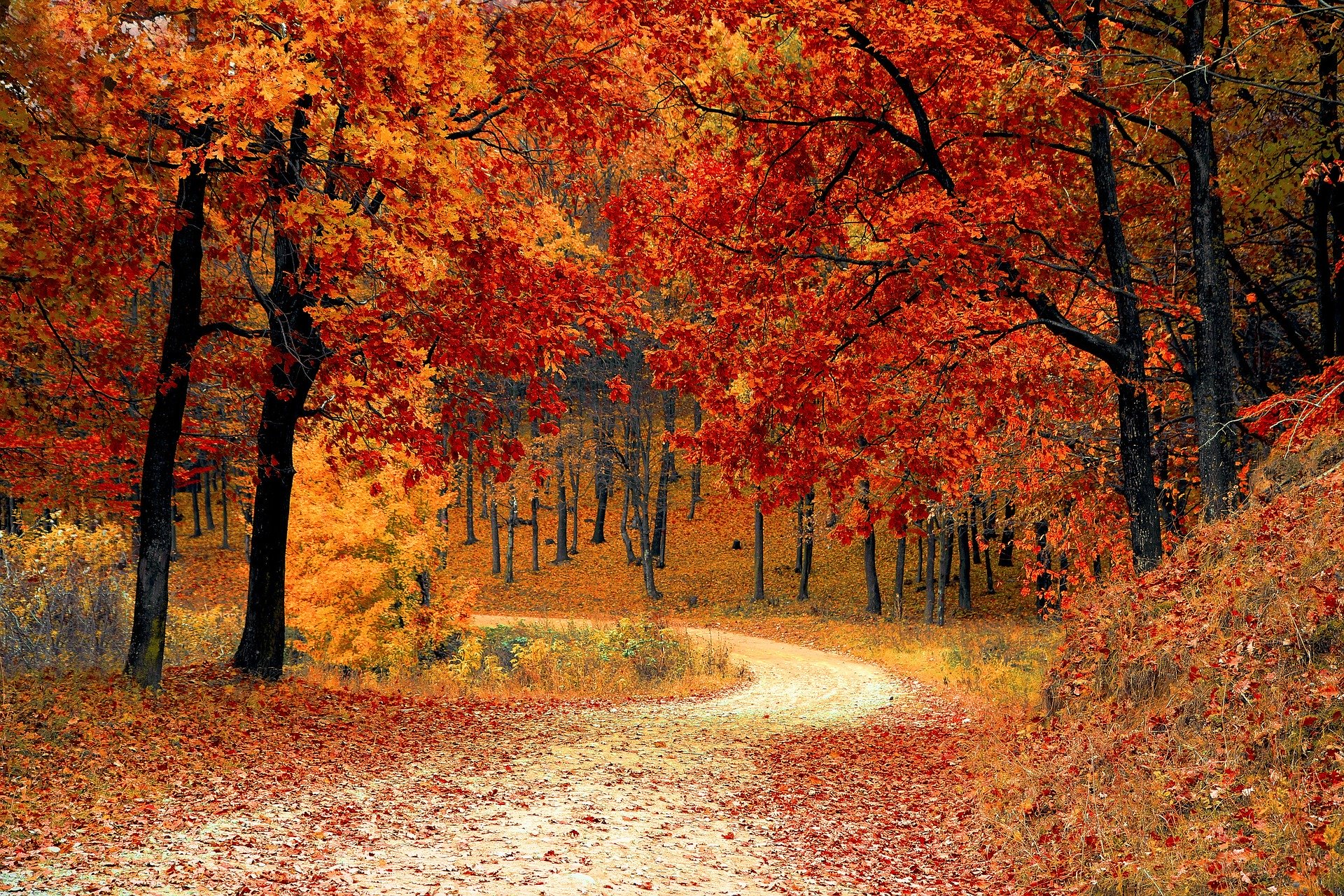
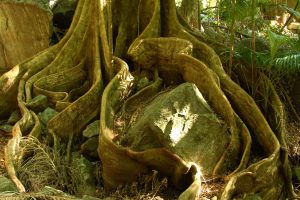

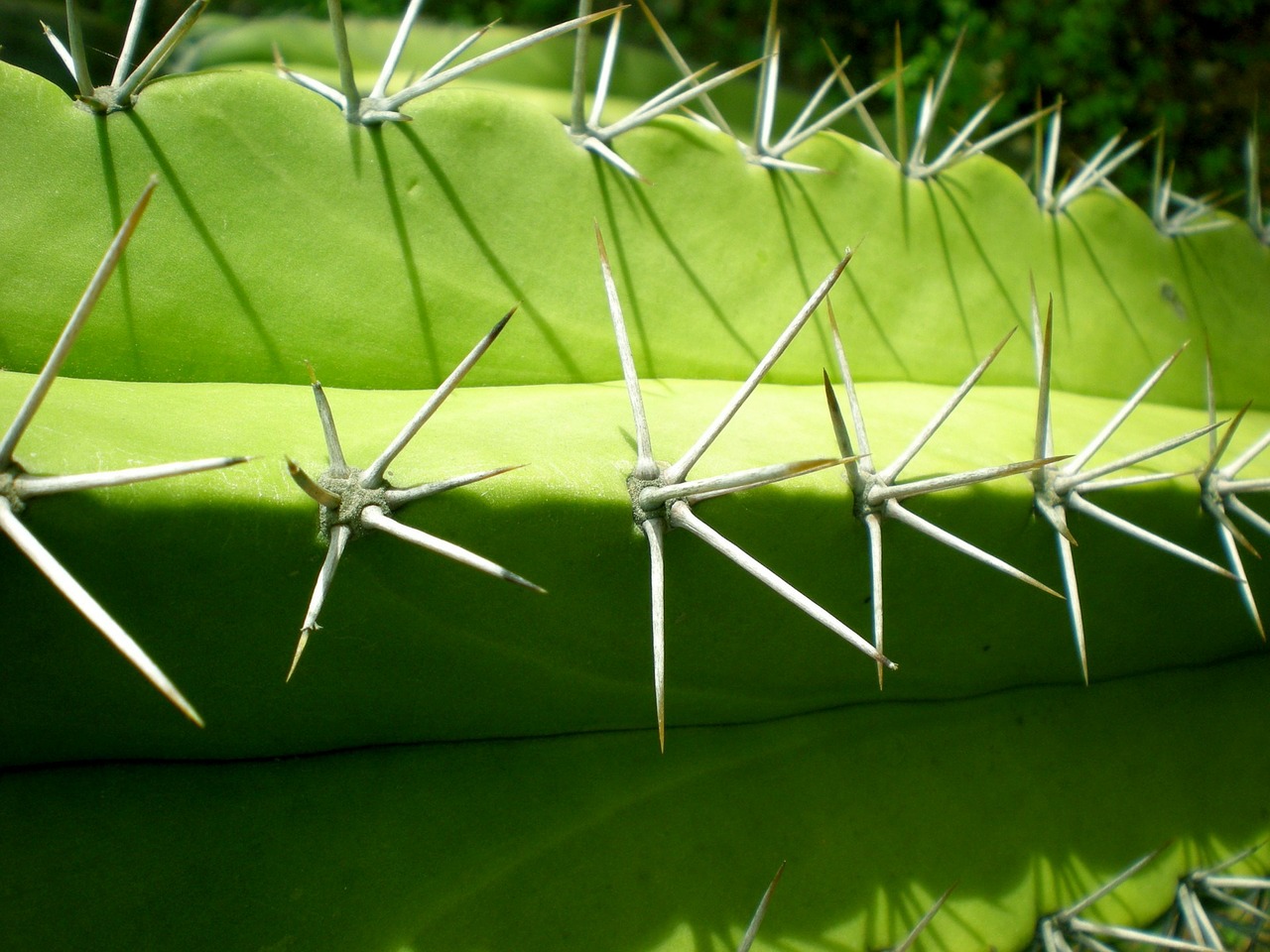
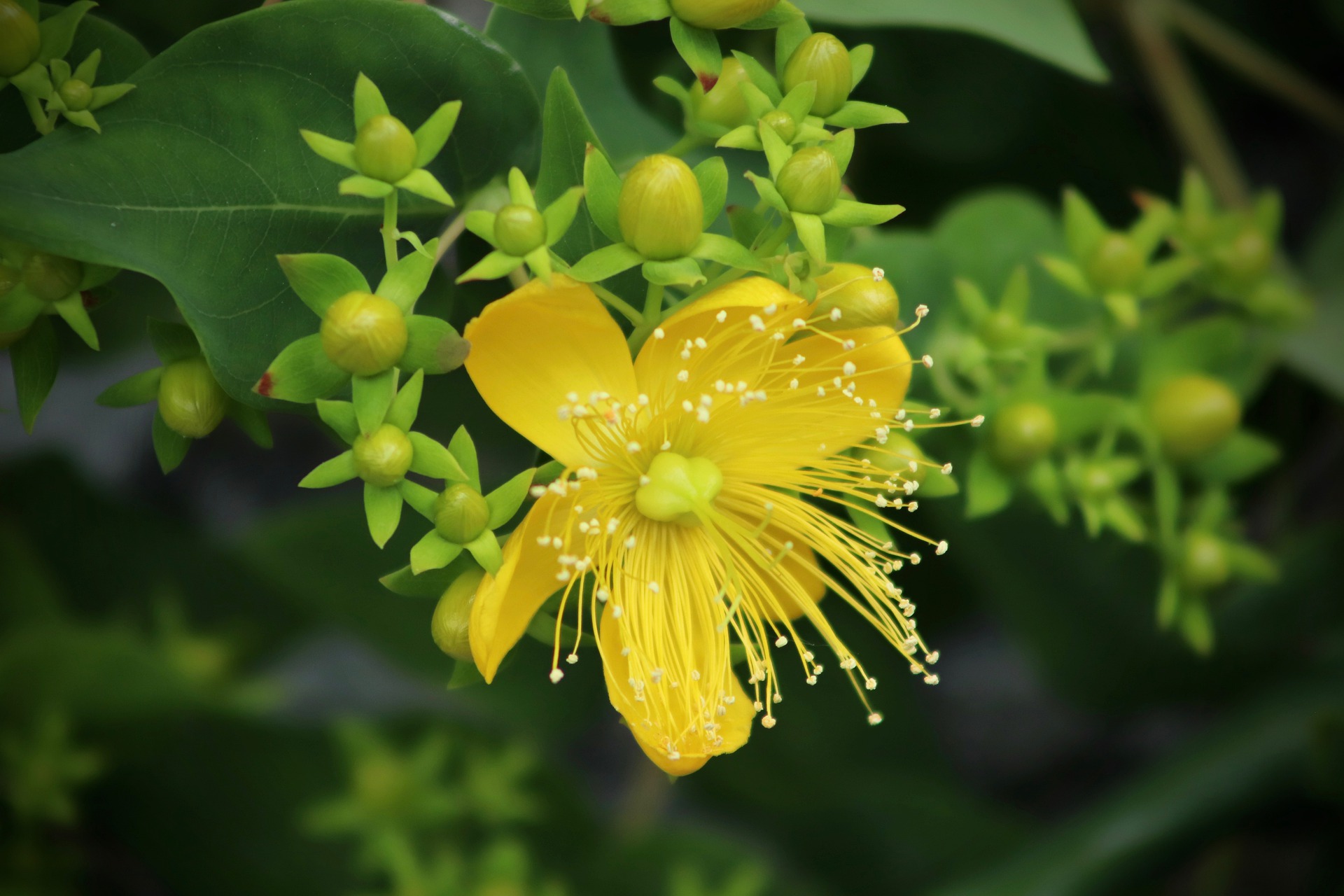
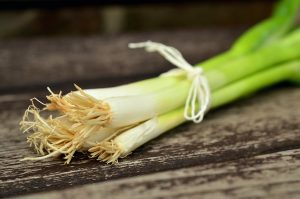
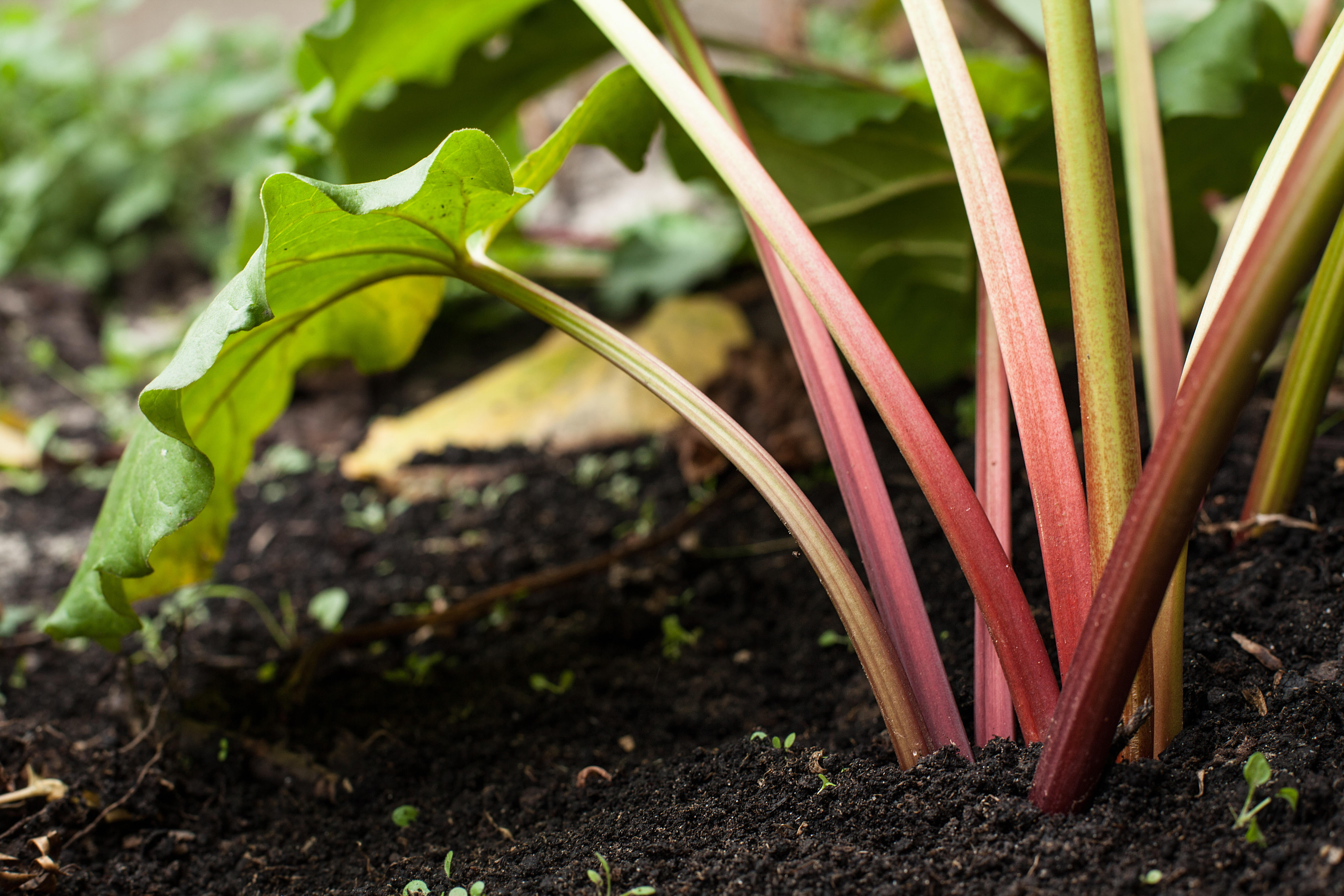



0 Comments